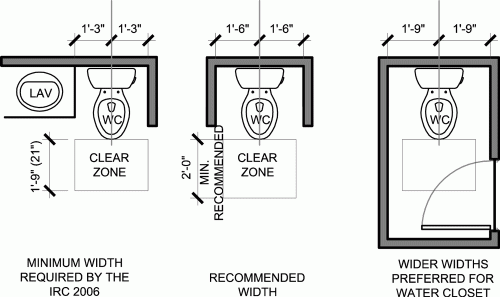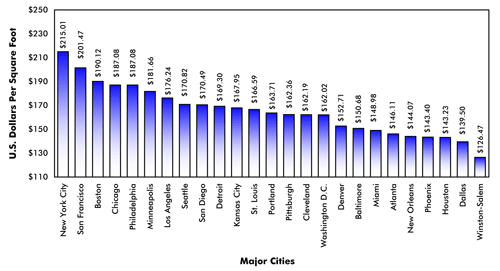As discussed many times on this blog, Colorado has some pretty terrible soil. One effective method for dealing with this challenging soil is installing drilled concrete piers. Before elaborating on the “how”, refer to other posts that dive deeper into the “what” and “why”.
Straight Shaft Drilled Concrete Pier Foundation
Expansive Soils in Colorado and How Best to Deal with Them
When it is too costly or time consuming (also read costly) to remediate expansive soil, a great option is to extend the foundation down through the soil to support a structure on more stable bedrock. This approach was successfully implemented in a mixed-use project in Denver, where the geotechnical engineer recommended a drilled pier foundation, which the EVstudio structural team designed and oversaw during installation. Below are photos and explanations of the process.
Step 1: Site Preparation
First, clear and grade the site. The soil is typically graded to top of pier elevation, which can vary across the building footprint.
Step 2: Fabricate Reinforcement
Then, reinforce drilled piers with rebar “cages”, consisting of a series of straight bars and ties designed to resist lateral and gravity loads, as well as, uplift forces from expansive soils. Fabricate the cages either in a rebar shop, or more often, fabricated on site.

Step 3: Drill the hole
Using a rig with a large corkscrew attachment, drill the hole in several lifts. Once we drill the corkscrew to its full height, we raise it above grade to remove the newly dislodged soil. We may change drill bits to heavier-duty ones once we reach bedrock.

If the groundwater is high enough, we case the pier holes with steel liners to stabilize them until we can pump concrete into the hole. Otherwise, the wet soil might collapse and compromise the drilled shaft. The photo below shows casings on-site, which we luckily didn’t need the day we observed.

Step 4: Drop in rebar cage
After drilling the hole to the required depth, as specified by the structural engineer, we lower the rebar cage into the hole. We add pieces called “chairs” at intervals to ensure the rebar cage stays centered in the shaft and held off the bottom to achieve proper concrete cover and protect the reinforcement.

Step 5: Pour concrete
Finally, use a pump to fill the shaft with concrete.

Required Inspections:
As the work above is performed, conduct the following inspections simultaneously.
- Shaft depth confirmation – ensure the specified pier depth is met because bedrock is not a flat surface. The minimum pier lengths and embedment into bedrock specified in the Construction Documents are based on a limited number of borings. The field crews must meet design minimums and inform the design team if field conditions differ from those anticipated.
- Reinforcement inspection – verify that the steel reinforcement that was fabricated and installed matches the Construction Documents and approved Shop Drawings.
- Concrete strength – collect samples on site at a defined frequency and test over a 28+ day period to confirm concrete strength matches or exceeds the defined design strength.








